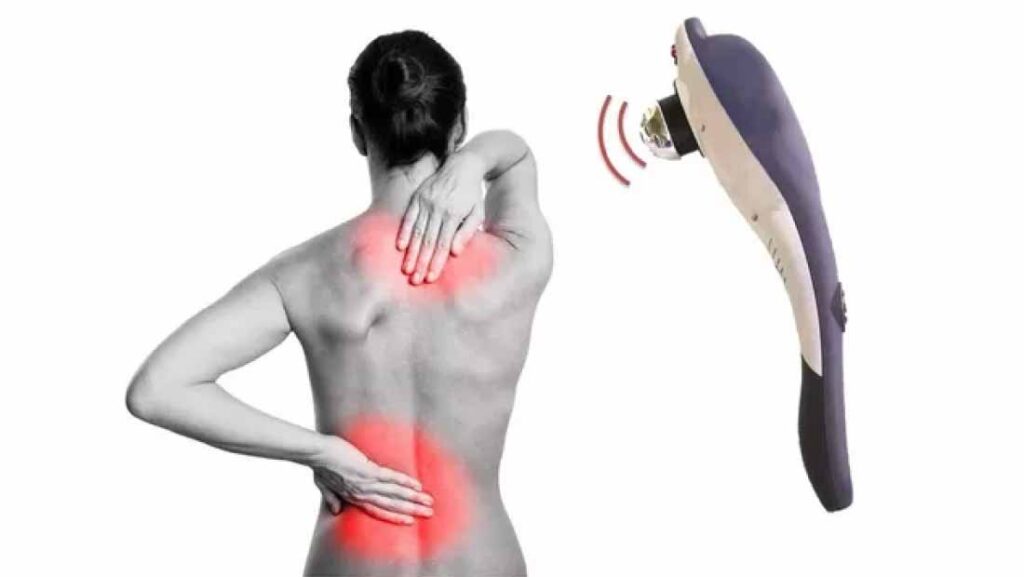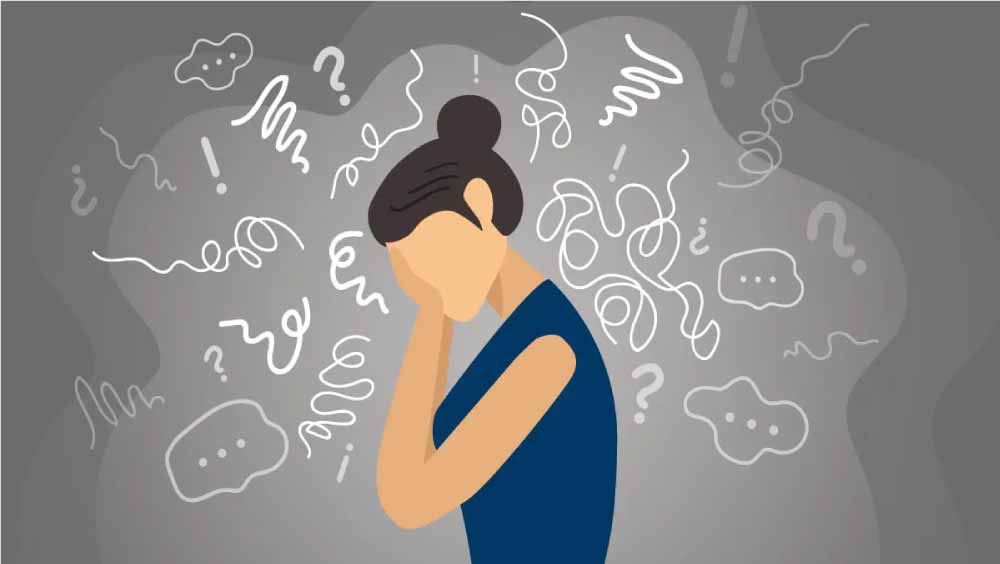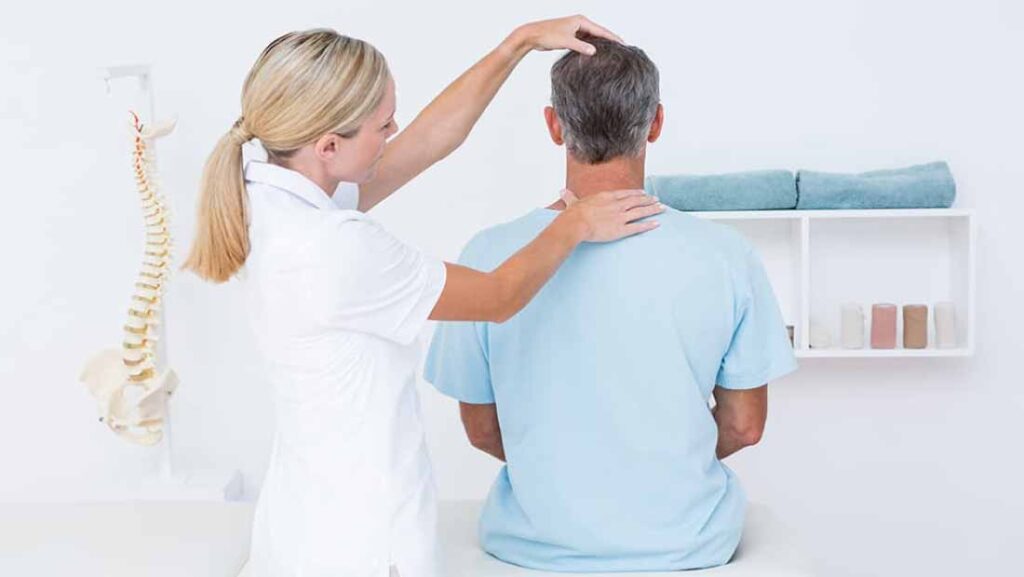Physiotherapy is a health profession that is responsible for the diagnosis, treatment and prevention of musculoskeletal and neurological disorders. Physical therapists use manual techniques, therapeutic exercises, and physical modalities to improve mobility, reduce pain and inflammation, and promote recovery from injuries and illnesses. They can also provide advice on lifestyle changes and ergonomics to prevent future injuries. Physical therapists are required to have a college degree and be registered to work.
In which pathologies Physiotherapy is applied
Physiotherapy is applied in a wide variety of pathologies, including:
Sports injuries: Physical therapists work with athletes to recover from injuries and improve their performance.
Back pain: Physical therapists can treat chronic and acute back pain using specific exercises and manual techniques.
Soft tissue injuries: Physical therapists treat injuries such as sprains, tendonitis, and muscle injuries.
Neurological problems: Physical therapists may work with people with neurological problems such as multiple sclerosis, cerebral palsy, and spinal cord injuries.
Postoperative rehabilitation: Physical therapists can help people recover from surgeries, such as hip or knee replacement.
Breathing problems: Physical therapists can treat patients with chronic obstructive pulmonary disease (COPD), asthma, pneumonia, and cystic fibrosis.
Heart problems: Physical therapists can work with patients who have had a heart attack or heart surgery to help them recover and improve their cardiovascular fitness.
Classification of Physiotherapy
There are several ways to classify physical therapy, but a common way is to divide it into two categories: musculoskeletal physiotherapy and cardiorespiratory physiotherapy.
Musculoskeletal physiotherapy: In this category, physiotherapists treat disorders related to the musculoskeletal system, such as sports injuries, back pain, soft tissue injuries, and arthritis.
Cardiorespiratory physical therapy: In this category, physical therapists treat disorders related to the cardiorespiratory system, such as chronic obstructive pulmonary disease (COPD), asthma, pneumonia, and cystic fibrosis.
In addition to these two categories, there are also specific areas of physiotherapy, such as pediatric physiotherapy, geriatric physiotherapy, physiotherapy in neurology, physiotherapy in urology, among others.
Instruments needed for physical therapy
Physical therapists use a variety of instruments and equipment to perform their treatments. Some of the most common instruments are:
Traction plank: Used to treat spinal problems, such as herniated discs and spinal stenosis.
Electrotherapy: Used to reduce pain and inflammation by applying electrical current to muscles and soft tissues.
Ultrasound: Used to reduce pain and inflammation by applying high-frequency sound waves to muscles and soft tissues.
Massager: Used to reduce pain and inflammation by manually manipulating muscles and soft tissues.
Exercise ball: used to strengthen muscles and improve flexibility and stability of the body.
Resistance bands: used to strengthen muscles and improve flexibility.
Walkers: These are used to help people walk after an injury or surgery.
Rehabilitation furniture: such as wheelchairs, hospital beds, etc.
Exercise equipment: such as stationary bikes, treadmills, etc.
Other instruments such as thermotherapy, laser therapy, cryotherapy, among others.
The selection of instruments and equipment will depend on the diagnosis and objective of treatment.
Massagers are used in physical therapy to help reduce pain and inflammation in a specific area of the body. They are also used to improve blood circulation, relax tense muscles and improve joint mobility. Massorists can be manual or mechanical and can be used in a variety of conditions, such as sports injuries, neck and back pain, and joint pain. However, it is important that the massage is performed by a trained professional to avoid damaging the skin or underlying tissues.
For neck pain
To relieve neck pain, a gentle, relaxing massage can help reduce inflammation and relax tense muscles. It is important to work with a trained massage therapist who can identify specific areas that require attention. In addition, stretching and strengthening techniques can be used to improve neck mobility and prevent future pain. It is also recommended to use a proper pillow and have good posture when sitting and working at a desk. In addition, it is recommended to avoid staying in the same position for a long time and make regular breaks to move and stretch.
With massager
Using a specific neck massager can help relieve pain and tension in this area. They can include features such as therapeutic heat, vibration and different types of massage heads to suit individual needs. It is important to follow the manufacturer’s instructions and not to use the massager on an inflamed or injured area. Advisable to use it after a physical activity or a day of work to help relax tense muscles and improve blood circulation. It is also recommended to work with a trained physical therapist or massage therapist to obtain a neck evaluation and receive specific recommendations for the use of the massager.
Back pain
Back pain is a very common condition that can be caused by a variety of factors, such as injuries, poor posture, stress, and chronic illnesses. A massager can help relieve back pain by reducing inflammation and relaxing tense muscles. A back massager can include features such as therapeutic heat, vibration, and different types of massage heads to suit individual needs. It is important to follow the manufacturer’s instructions and not to use the massager on an inflamed or injured area.
In addition, it is important to work with a healthcare professional to identify the underlying cause of back pain and receive appropriate treatments. This may include strengthening and stretching exercises, changes in posture and work environment, and alternative therapies such as physical therapy or acupuncture.
Elimination of mild, moderate or severe pain?
A massager can help relieve mild, moderate, or severe pain, depending on the cause and severity of the condition. However, it is important to note that a massager cannot cure an underlying condition and should not be considered as a substitute for medical treatment.
For mild or moderate pain, a massager can help reduce inflammation and relax tense muscles. It can be helpful in relieving pain caused by stress, muscle fatigue, and chronic tension.
For severe pain, it is essential to work with a healthcare professional to identify the underlying cause and receive appropriate treatments. The use of a massager can be an adjunct to the main treatment, but should not be used as a substitute for a medical treatment.
In general, it is important to follow the recommendations of the health professional to use a massager safely and effectively.
Effectiveness of the massager for physiotherapy
The effectiveness of using a massager for pain relief will depend on several factors, such as the underlying cause of the pain, the severity of the condition, and the technique and skill of the user. Overall, studies have shown that massage can be effective in reducing pain and improving function in a variety of conditions, including neck and back pain, joint pain, and sports injuries.
However, it is important to note that not all people respond in the same way to massage and some people may not experience pain relief. In addition, it is important to follow the recommendations of the health professional to use a massager safely and effectively.
In general, it is important to work with a healthcare professional to get a detailed evaluation and receive specific recommendations for pain management. Using a massager can be a useful adjunct to a comprehensive treatment plan for pain relief.
Average age to use it
There is no specific age to use a massager, it can be used by people of any age as long as there are no contraindications to its use. However, it is important to note that some conditions may be more common at certain ages, and it is important to work with a healthcare professional to get a detailed evaluation before using a massager.
For example, older people may be at higher risk for injury or blood circulation problems, so it is essential that they are evaluated by a healthcare professional before using a massager. Children should also be evaluated by a health professional to ensure that massage is safe and age-appropriate.
In general, it is important to follow the recommendations of the health professional to use a massager safely and effectively.
Contraindications
There are some contraindications to the use of a massager, it is important to take them into account before using it. Some of the most common contraindications include:
- Inflammation or infection in the area to be massaged.
- Open wounds or ulcers on the skin.
- Deep vein thrombosis (DVT)
- Phlebitis
- Recent fractures
- Acute tendonitis
- Active rheumatoid arthritis
- Severe cardiovascular disease
- Active cancer
- Fever
- Sensitive, irritated, or allergic skin
- Pregnancy
It is important that before using a massager, check with your doctor if you have any health conditions or if you are taking any medications. It is also advisable to work with a healthcare professional to obtain a detailed evaluation and receive specific recommendations for the use of the massager.


